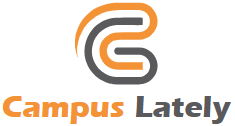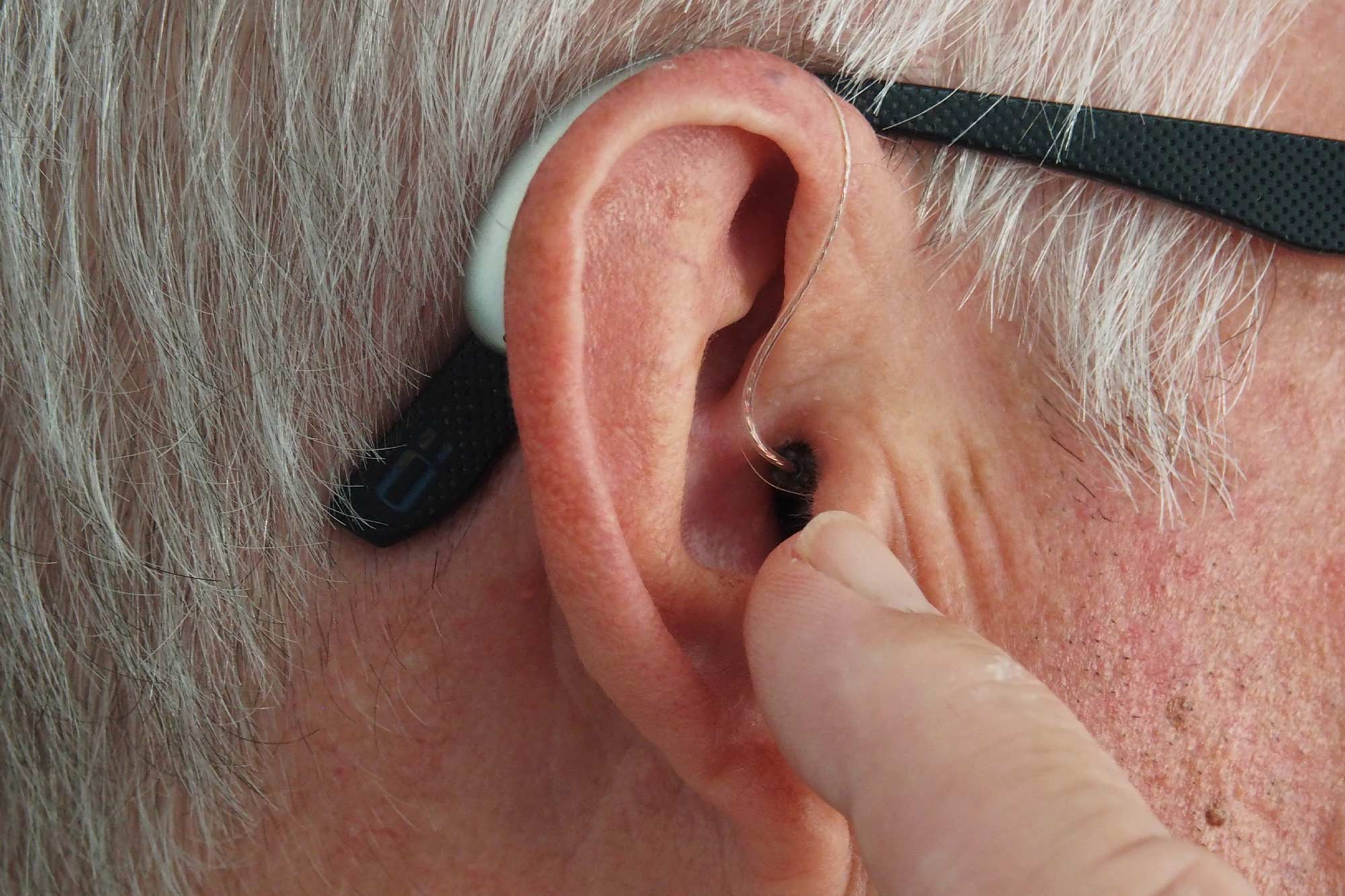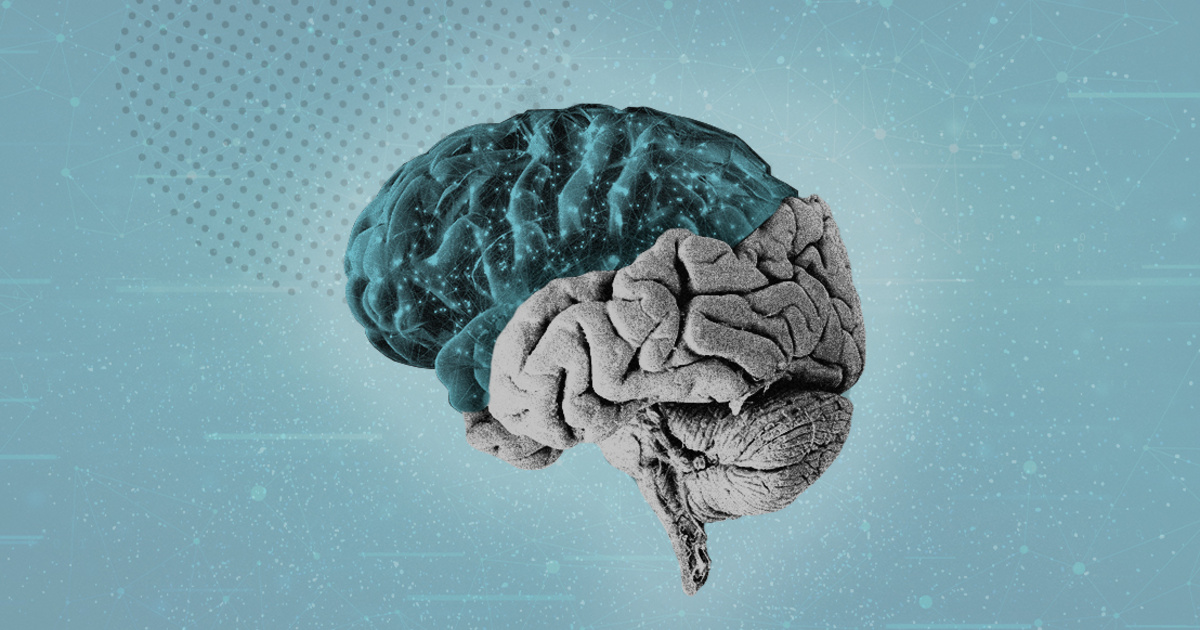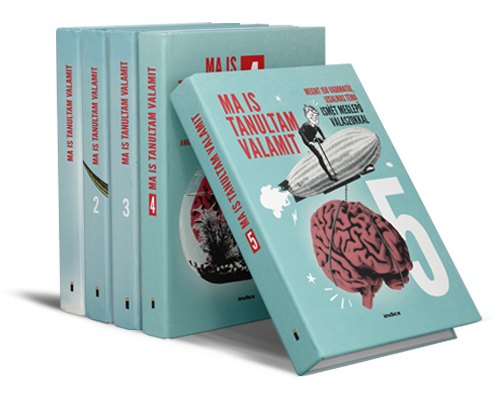The conversion of ideas into a direct text in the science fiction world has so far, however Texas University Artificial intelligence -based decoding can be developed literally – and after a rapid examination of the brain, with minimal training time. It can hope to break the technology in particular for those who are difficult to communicate with due to the imbalance in the various language capabilities, such as the loss of the ability to speak.
Technology was previously written on the index, and the research team has first reported that its successful encryption was decreased about two years ago, but it has since achieved new breakthroughs. According to the research team, the new system will shorten the necessary training time – which took 16 hours ago, and can now achieve it in just one hour. The new development, like its predecessor, continues to analyze the patterns of brain activity, which then turns into a concept text. In addition, the procedure not only works for the letter he heard, but also for silent videos and fictional stories, so the options are very wide.
Not black magic
One of the main elements in evolution is that decomposing brain coding measures the activity of the brain in an expanded way, using functional magnetic resonance imaging (FMRI). Artificial intelligence then translates data into a sentence related to a large language model. However, it is important to note that the system does not give literal translations, but rather takes over the general meaning of ideas. What this means in practice is explained through the following example.
For example, the patient may think that You don't have a licenseHowever, the unit of decoding will not be able to “discover” this one hundred percent. Instead, it will only put on the paper that the patient believes Unable.
According to researchers, the unit of coding is able to analyze individuals among individuals, which means that he can use another person's data during training and does not need to pass a lengthy educational process for each user. Technology can be the biggest help for patients with Afrasure, because because of the condition, many people cannot speak or understand the language. Since the decoding of the brain does not depend on the understanding of the direct language, it can also work in patients who do not have a traditional way to express themselves – they indicated that they are Texas University.
It can bring redemption to Apasics
AFASIA is a linguistic disorder caused by the injury of language centers in the brain. The disease can also affect speech, writing, reading and understanding. It is often due to stroke, painful brain injury, cancer, or neurological degenerative diseases such as Alzheimer's disease. There are several types of Afrasor that affect communication capabilities in different ways. One of the most famous is Brooka Essia, where the patient's speech is slow, amazing and exhausting, but understanding the speech is still relatively intact.
On the other hand, patients speak fluently during Wernicke fabrics, but they often use meaningless words or sentences and do not understand others' speech well. The most severe forms is the global Afrasor, which was very damaged by both speech and understanding. We can also talk about the loss of anomalies, as the speech is liquid, but patients are often struggled to find the right words, especially in names. Moreover, there is a so -called translated Africa, where speech and understanding are partially damaged, but the patient is able to resonate and repetition.
Diagnosis of the loss of speech ability consists of several steps. In addition to nervous tests, imaging procedures, such as tomography or magnetic resonance imaging, can help determine the exact position and the extent of the brain. In addition, speech therapy tests are needed to assess the patient's ability to speak, write and understand the language.
In an exchange of ethical questions
Converting brain waves into a major step in the world of nervous technology, but the leading development of the University of Texas faces many technical and ethical challenges. Although the common use of FMRI and artificial intelligence is a revolutionary penetration, the accuracy of the system and the integrity of the system are still raising questions. One of the main obstacles is the limited accuracy of functional magnetic resonance technology. Since the procedure is unable to record rapid thinking of the brain in an actual time, this may make the system difficult during continuous and smooth communication. Although the spatial resolution is excellent, the functional magnetic resonance is not detailed enough to monitor the activity of individual neurons separately, which means that some shades of thought or microscopic nerve patterns may be lost while decoding. In addition, the photography procedure often leads to noisy data, which can also affect the accuracy of the Mi text.
In addition, new technology raises not only scientific but ethical issues. One of the biggest concerns is the protection of mental privacy, as the possibility of deciphering ideas raises the danger that some people can explain the ideas of others without approval. The system can also give the ability to misuse, for example, for observation or interrogation purposes, especially if you are in unauthorized hands. In addition, the question arises whether the use of the permitted technology is morally in people who cannot submit conscious approval as a coma. So there are a lot of questions, but less than answers. Currently, of course, when technology is still very primary, this is not a special problem, but with the development of the unit of coding, the above themes have become increasingly burned – especially from an ethical point of view.
(Cover of Image: Index)














































